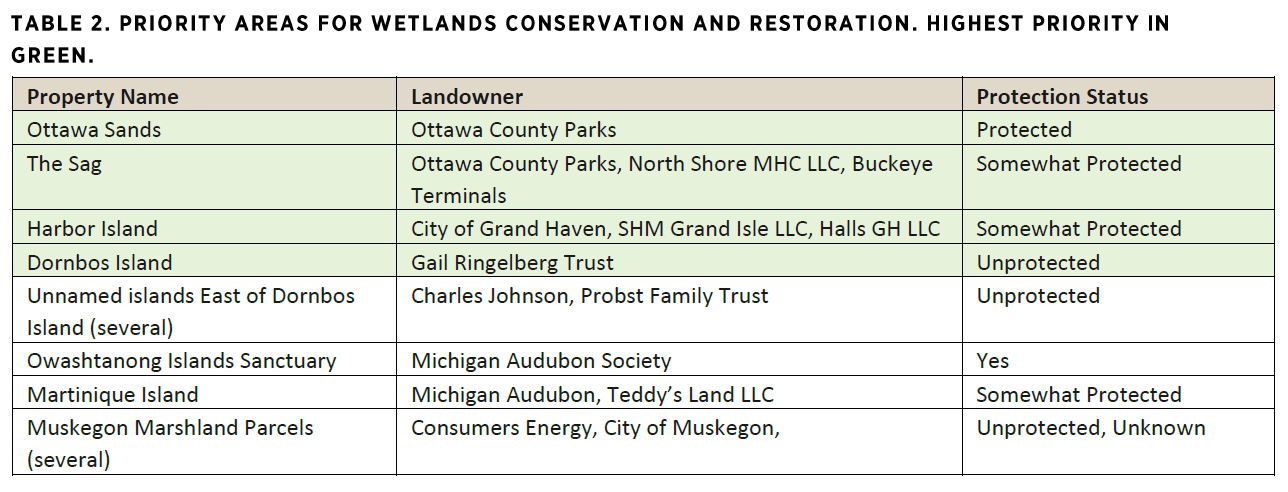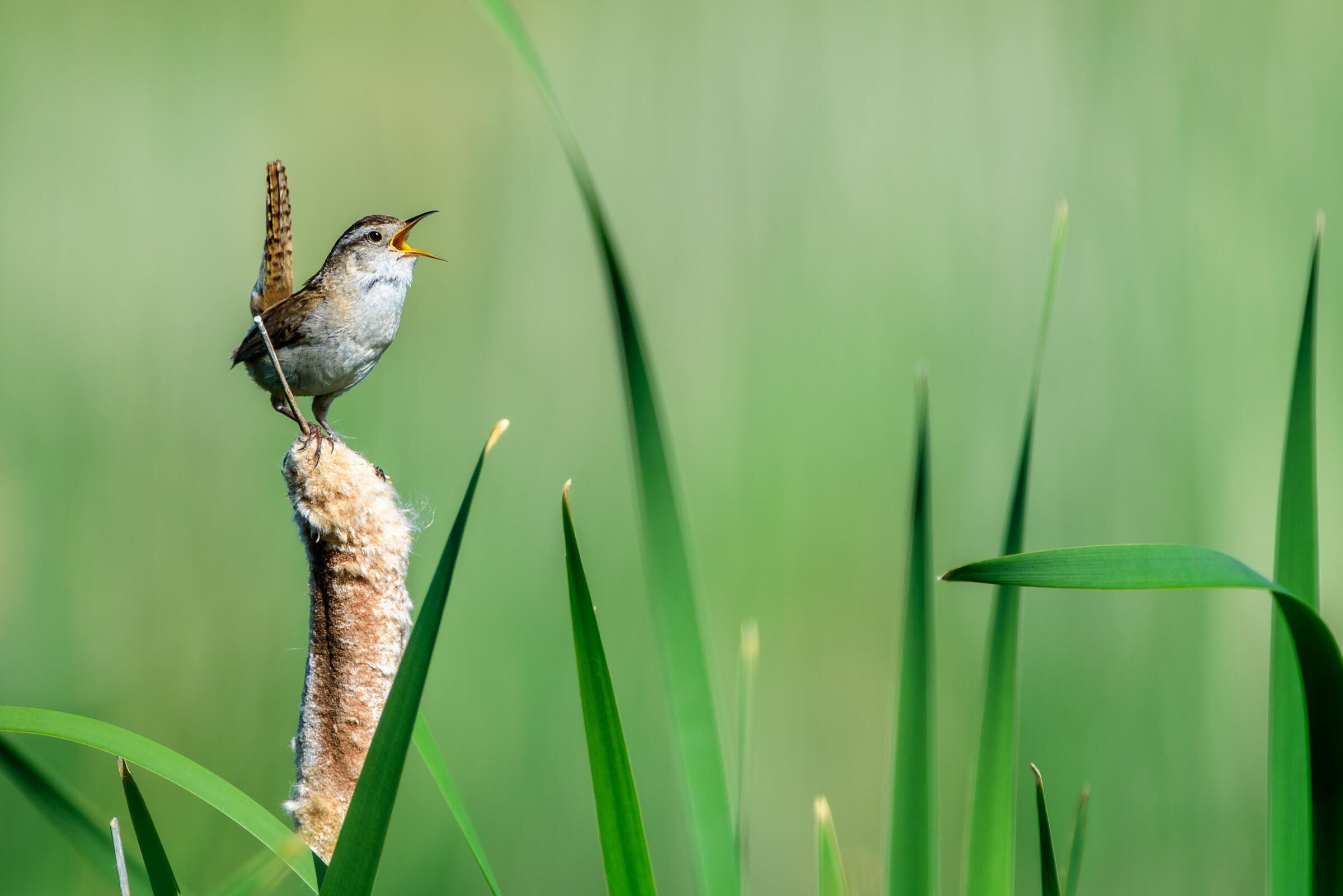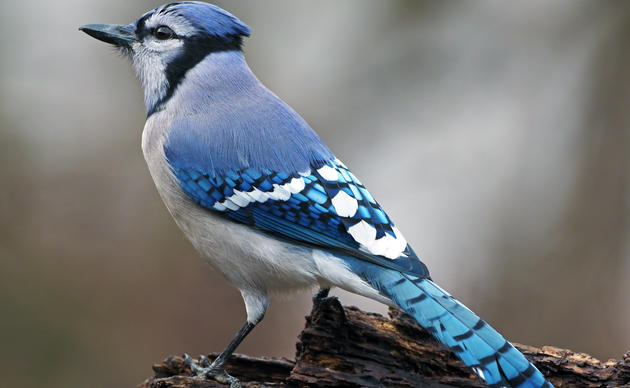As outlined in Audubon's Vision Plan for the Great lakes, the rivermouths of Eastern Lake Michigan are critical habitat for breeding and migratory birds and provide tremendous water quality and coastal protection services as well as recreational opportunities for the people of Western Michigan. Since 2018 Audubon has partnered with Ottawa County Parks to protect and restore critical marsh bird habitat at the mouth of the Grand River. In 2021 Audubon Great Lakes worked with Ottawa County Parks and over 20 stakeholders to undertake an assessment and develop conservation recommendations for the Grand River Coastal Corridor, an ecologically significant area that is well-positioned to connect people and wildlife across Grand Haven, Muskegon, and Grand Rapids through landscape-scale natural area restoration and inclusive recreational access.
The Grand River Coastal Corridor is home to some of the highest quality natural communities in the entire state of Michigan and supports high levels of biodiversity, including sensitive or rare species of conservation concern and is regionally and globally important for birds. The Grand River Coastal Corridor is part of a globally recognized Important Bird Area for migratory and overwintering waterfowl, and the core area is composed almost entirely of top 20% designated wetlands critical for marsh bird conservation in the Great Lakes region (see the top 20% of Great Lakes Coastal Wetlands for marsh birds here). The corridor also supports significant numbers of migratory birds each spring and fall, serving as a migratory hotspot and stopover site.
EXPLORE GRAND RIVER COASTAL CORRIDOR BIODIVERSITY DATA HERE
Migratory hotpots support large densities of migratory bird species, which have seen great population losses since 1970, across all guilds (Rosenberg et al. 2019). The corridor also provides ecosystem services to communities in the form of stormwater and carbon storage, water filtration, and more, making it extremely climate resilient, particularly among the Lake Michigan shoreline. Additionally, the Western Michigan Coastal Corridor holds cultural value for the Gun Lake Tribe for Wild Rice and fisheries management and restoration.
The main ecological threats to the Grand River Coastal Corridor are habitat loss and degradation, invasive species, climate change, contamination from hazardous materials and pollutants, and a lack of diverse community engagement. In order to address these ecological threats at the landscape-scale while conserving the ecological integrity of the corridor, we recommend taking the following critical actions:
- Seek higher levels of protections for key properties where possible: properties that can increase habitat connectivity and climate flow within the corridor, and increase protections for currently unprotected priority wetlands are recommended.

While there are many areas to monitor, restore and manage in the Grand River Coastal Cooridor, this report has identified several priority areas that can increase habitat connectivity and increase the region’s resiliency across the coastal zone.
-
Facilitate the establishment of a diverse collaborative group to address landscape-level issues: stakeholders should meet regularly to establish a conservation action plan for the corridor that could support and fill gaps in the existing Lower Grand River Organization of Watersheds (LGROW) Watershed Management Plan and collaboratively pursue funding to implement it.
-
As part of the development of a conservation action plan, stakeholders should further define and prioritize ecosystem creation, restoration, and enhancement areas.
-
As part of the development of a conservation action plan, stakeholders should identify specific vegetation and wildlife management strategies for the corridor: invasive plant removal and management, such as Phragmites australis, should be prioritized as secretive marsh birds and waterfowl prefer to breed in areas without it. Hemi-marsh restoration for marsh birds could be done in conjunction with Phragmites management, as it often grows in dense stands. Deer population management is also needed if restoration efforts are going to be effective. In-stream restoration throughout the corridor could support the Lake Michigan Lake Sturgeon fishery and wild rice beds.
-
Support water quality management strategies of stakeholders: incorporate habitat creation and restoration into green stormwater infrastructure (GSI) where possible, and encourage the inclusion of GSI in stormwater management plans within the corridor where it currently doesn’t exist.
-
Establish programs for ongoing monitoring of secretive marsh birds, conservation focal species, water quality, and macroinvertebrates to fill critical knowledge gaps and guide management actions.
-
Create outreach strategies and programming to educate the public about the benefits of the corridor and how they can get involved in stewardship and monitoring efforts within the corridor.
Ways You Can Help
Join A Chapter
Audubon chapters create a culture of conservation in local communities through education and advocacy, focusing on the conservation of birds and conservation of important habitats.
Donate to Audubon
Help secure the future for birds at risk from climate change, habitat loss and other threats. Your support will power our science, education, advocacy and on-the-ground conservation efforts.





